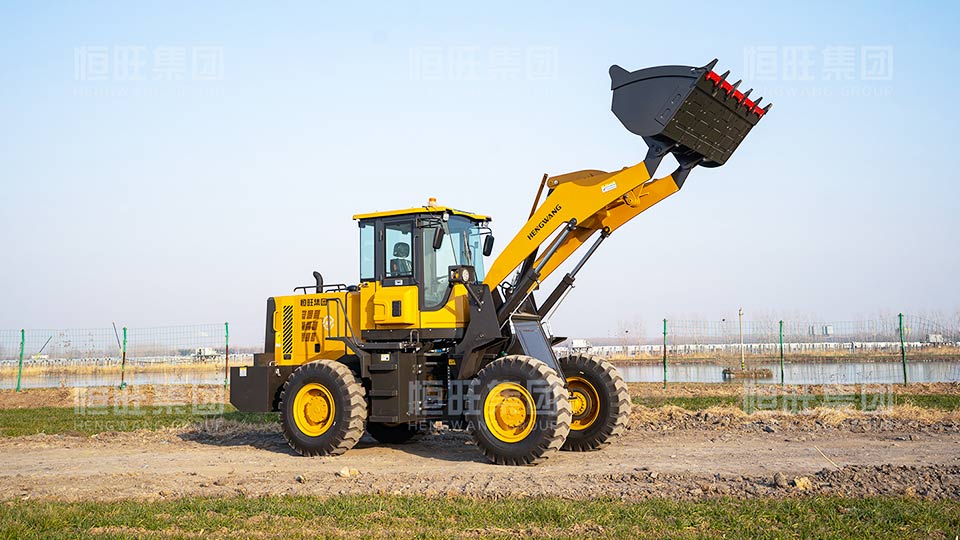Under high-load working conditions, the performance of a high-load loader declines 30% faster than standard equipment—hydraulic system wear, sensor deviations, and loose structures... If not maintained in time, these issues can lead to reduced efficiency or even unexpected downtime. Today, we share 7 targeted maintenance steps to help you extend the service life of your high-load loader by 25%.
Step 1: Check Hydraulic Oil Daily (Core for High-Load Performance)
Before starting the machine, observe the color and transparency of the hydraulic oil. If it’s turbid or contains metal particles (a common issue under high-load friction), replace the filter immediately and refill with the same specification oil. The hydraulic system is the "power heart" of a high-load loader, and its cleanliness directly affects lifting stability.
Step 2: Calibrate Weighing Sensors Weekly (Key for Precise Operations)
Use standard weights to test the weighing function of the forks. If the error exceeds 5%, contact after-sales service for calibration. In high-load operations, sensor deviations can cause overloading risks and shorten the lifespan of structural components.
Steps 3-5: Monthly Reinforcement + Quarterly Dust Cleaning + Semi-Annual Filter Replacement
· Monthly: Check and tighten frame connection bolts (vibration under high load can loosen them).
· Quarterly: Clean the engine radiator (dust accumulation leads to abnormal oil temperature).
· Semi-annually: Replace air filter elements (in dusty environments, dirty filters can increase fuel consumption by 15%).
Step 6: Listen for Abnormal Noises Daily (Fault Warning Signs)
After startup, if the hydraulic pump emits a "buzzing" muffled sound, it may indicate oil circuit blockage; if the forks make noise during lifting, the pulley set is likely worn. These sounds are the high-load loader’s "distress signals"—detecting them early can save tens of thousands in repair costs.
Step 7: Monitor Oil Temperature in High Heat (Prevent Overheating Damage)
After continuous operation for 2 hours, use an infrared thermometer to check the hydraulic oil temperature. If it exceeds 85°C, shut down for cooling (under high load, every 10°C increase in oil temperature doubles the oxidation rate of the hydraulic fluid).
Common Fault Emergency Solutions: If the loader suddenly fails to lift, first check if the hydraulic oil level is insufficient; if the forks sink slowly, the multi-way valve seal may be aging.
If you have more questions about high-load loader model selection or product details, feel free to browse our homepage for more customer cases, or leave your name, phone number, and company information below. Our engineers will provide one-on-one solutions to help you manage your equipment efficiently!

